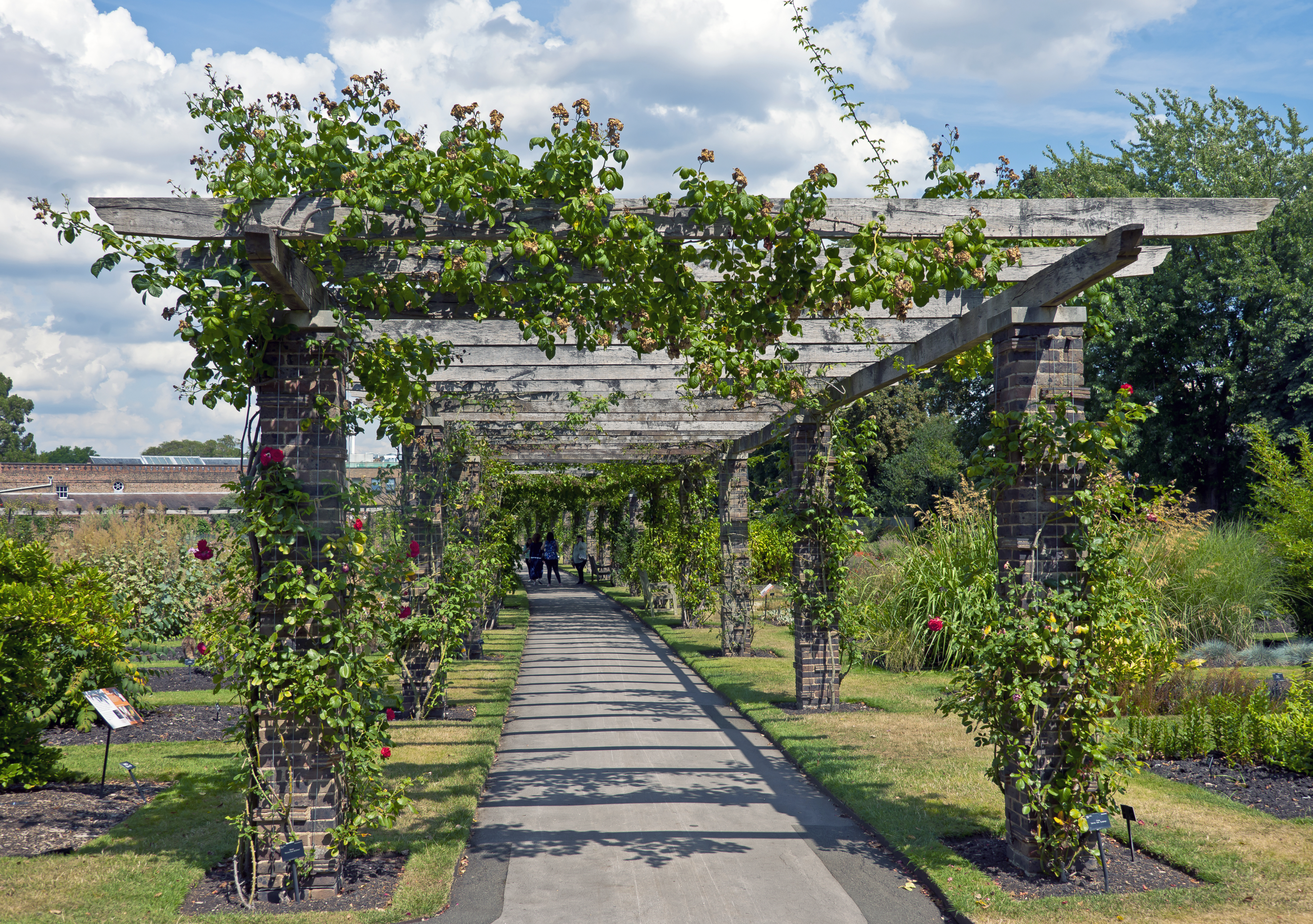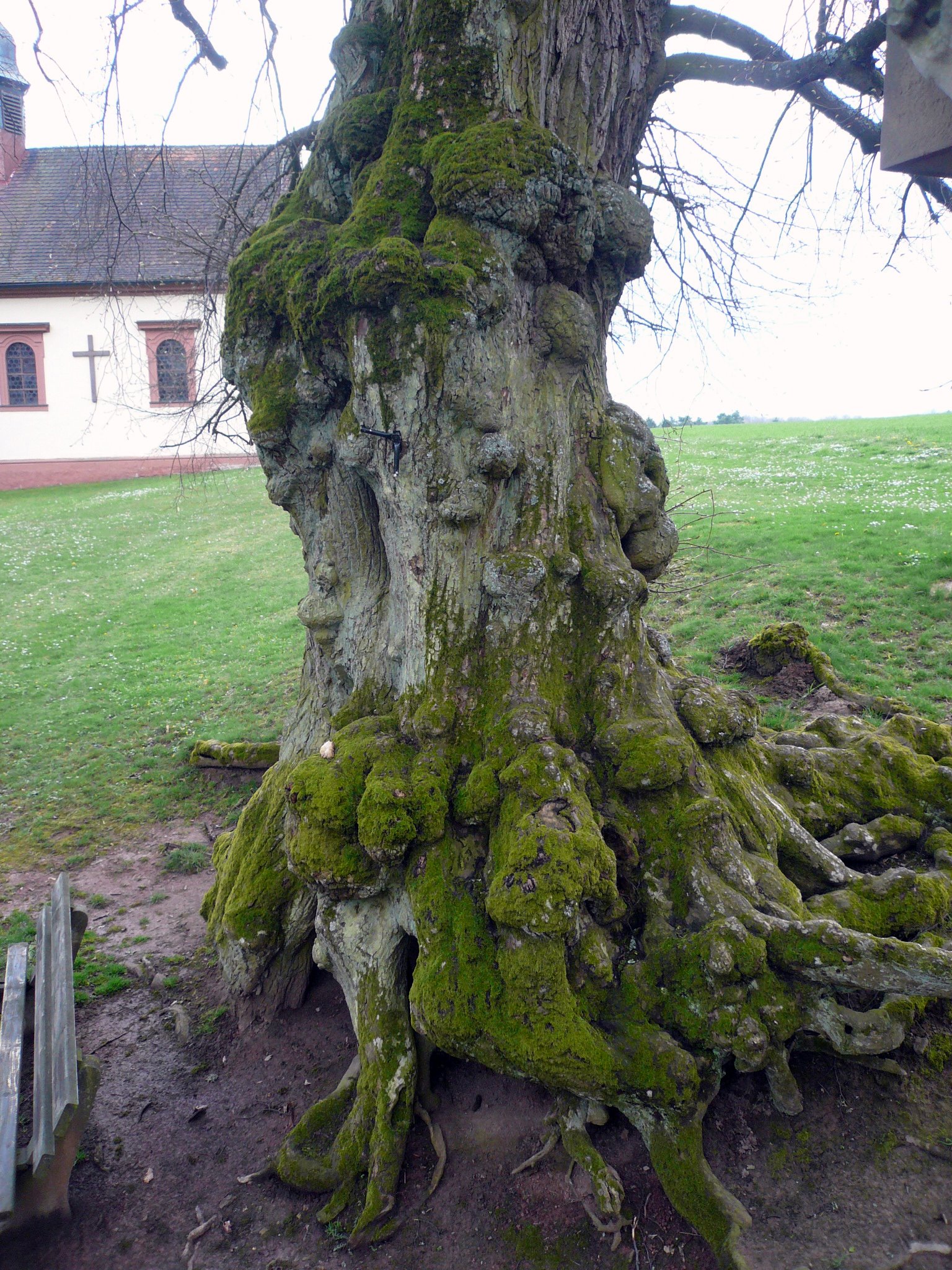|
Maymont
Maymont is a 100-acre (0.156 sq mi) Victorian estate and public park in Richmond, Virginia. It contains Maymont Mansion, now a historic house museum, an arboretum, an Italian and Japanese garden, a carriage collection, native wildlife exhibits, a nature center, and a petting zoo. In 1893, James H. Dooley, a wealthy Richmond lawyer and philanthropist, and his wife, Sallie, completed their elaborate Gilded Age estate on a site high above the James River. According to their wishes, after their deaths Maymont was left to the people of Richmond. Over the next 75 years, additional attractions were added. History Maymont was named for James Dooley's wife, Sallie May. Construction of the mansion completed in 1893. The Dooleys also built a summer home on Afton Mountain, Swannanoa, which was completed in 1913. In 2011, Maymont was named one of the top 10 public spaces by the American Planning Association. Gardens The Japanese Garden at Maymont is well tended and features a koi pon ... [...More Info...] [...Related Items...] OR: [Wikipedia] [Google] [Baidu] |
Richmond, Virginia
Richmond ( ) is the List of capitals in the United States, capital city of the Commonwealth (U.S. state), U.S. commonwealth of Virginia. Incorporated in 1742, Richmond has been an independent city (United States), independent city since 1871. The city's population in the 2020 United States census was 226,610, up from 204,214 in 2010, making it Virginia's List of cities and counties in Virginia#Largest cities, fourth-most populous city. The Greater Richmond Region, Richmond metropolitan area, with over 1.3 million residents, is the Commonwealth's Virginia statistical areas, third-most populous. Richmond is located at the Atlantic Seaboard fall line, James River's fall line, west of Williamsburg, Virginia, Williamsburg, east of Charlottesville, Virginia, Charlottesville, east of Lynchburg, Virginia, Lynchburg and south of Washington, D.C. Surrounded by Henrico County, Virginia, Henrico and Chesterfield County, Virginia, Chesterfield counties, Richmond is at the intersection o ... [...More Info...] [...Related Items...] OR: [Wikipedia] [Google] [Baidu] |
Museums In Richmond, Virginia
Richmond ( ) is the capital city of the U.S. commonwealth of Virginia. Incorporated in 1742, Richmond has been an independent city since 1871. The city's population in the 2020 United States census was 226,610, up from 204,214 in 2010, making it Virginia's fourth-most populous city. The Richmond metropolitan area, with over 1.3 million residents, is the Commonwealth's third-most populous. Richmond is located at the James River's fall line, west of Williamsburg, east of Charlottesville, east of Lynchburg and south of Washington, D.C. Surrounded by Henrico and Chesterfield counties, Richmond is at the intersection of Interstate 95 and Interstate 64 and encircled by Interstate 295, Virginia State Route 150 and Virginia State Route 288. Major suburbs include Midlothian to the southwest, Chesterfield to the south, Varina to the southeast, Sandston to the east, Glen Allen to the north and west, Short Pump to the west, and Mechanicsville to the northeast. Richmon ... [...More Info...] [...Related Items...] OR: [Wikipedia] [Google] [Baidu] |
National Register Of Historic Places Listings In Richmond, Virginia
__NOTOC__ This is a list of the National Register of Historic Places listings in Richmond, Virginia. This is intended to be a complete list of the properties and districts on the National Register of Historic Places in the independent city of Richmond, Virginia, United States. The locations of National Register properties and districts for which the latitude and longitude coordinates are included below, may be seen in an online map. There are 231 properties and districts listed on the National Register in the city, including 15 National Historic Landmarks. Another 3 properties were once listed but have been removed. Current listings Former listings See also *List of National Historic Landmarks in Virginia *National Register of Hist ... [...More Info...] [...Related Items...] OR: [Wikipedia] [Google] [Baidu] |
Swannanoa (mansion)
Swannanoa is an Italian Renaissance Revival villa built in 1912 by millionaire and philanthropist James H. Dooley (1841–1922) above Rockfish Gap on the border of northern Nelson County and Augusta County, Virginia, in the US. It is partially based on buildings in the Villa Medici, Rome. Rockfish Gap is the southern end of the Skyline Drive through the Shenandoah National Park and the northern terminus of the Blue Ridge Parkway. It is located on the crest of the Blue Ridge mountains, overlooking both Shenandoah and Rockfish valleys. It is located on a jurisdictional border, so it is in both Augusta and Nelson counties. History Intended to be a "summer place" for Richmond, Virginia millionaire and philanthropist James H. Dooley and his wife Sarah "Sallie" O. May, it reportedly took over 300 artisans several years to build the structure, complete with marble from Tate, GA and inside Italian Marble, Georgian marble, Tiffany windows, and terraced gardens. It was built as a to ... [...More Info...] [...Related Items...] OR: [Wikipedia] [Google] [Baidu] |
Carriage
A carriage is a two- or four-wheeled horse-drawn vehicle for passengers. In Europe they were a common mode of transport for the wealthy during the Roman Empire, and then again from around 1600 until they were replaced by the motor car around 1900. They were generally owned by the rich, but second-hand private carriages became common public transport, the equivalent of modern cars used as taxis. Carriage suspensions are by leather strapping or, on those made in recent centuries, steel springs. There are numerous names for different types. Two-wheeled carriages are usually owner-driven. Coaches are a special category within carriages. They are carriages with four corner posts and a fixed roof. Two-wheeled war chariots and transport vehicles such as four-wheeled wagons and two-wheeled carts were forerunners of carriages. In the 21st century, horse-drawn carriages are occasionally used for public parades by royalty and for traditional formal ceremonies. Simplified modern versio ... [...More Info...] [...Related Items...] OR: [Wikipedia] [Google] [Baidu] |
Parrotia Persica
''Parrotia persica'', the Persian ironwood, is a deciduous tree in the family Hamamelidaceae, closely related to the witch-hazel genus ''Hamamelis''. It is native to Iran's Caspian region (where it is called ) and Azerbaijan (where it is called '). It is endemic in the Alborz mountains, where it is found mainly in Golestan National Park. The species was named by Carl Anton von Meyer to honor his predecessor at the University of Dorpat, German naturalist Georg Friedrich Parrot, who botanized in the Alborz on a mountaineering expedition in the 1830s. Another species ''Parrotia subaequalis'' (commonly called Chinese ironwood) originates from eastern China. There are five disjunct populations of ''P. subaequalis'' in eastern China: two each in Jiangsu and Zhejiang provinces (Huang et al. 2005) and one in Anhui (Shao and Fang 2004). A full account of this sibling species can be found in an article "The Chinese Parrotia: A Sibling Species of the Persian Parrotia" by Jianhua Li and ... [...More Info...] [...Related Items...] OR: [Wikipedia] [Google] [Baidu] |
Pergola
A pergola is most commonly used as an outdoor garden feature forming a shaded walkway, passageway, or sitting area of vertical posts or pillars that usually support crossbeams and a sturdy open lattice, often upon which woody vines are trained. The origin of the word is the Late Latin ''pergula'', referring to a projecting eave. It also may be an extension of a building or serve as protection for an open terrace or a link between pavilions. They are different from green tunnels, with a green tunnel being a type of road under a canopy of trees. Depending on the context, the terms "pergola", "bower", and "arbor" are often used interchangeably. An "arbor" is also regarded as being a wooden bench seat with a roof, usually enclosed by lattice panels forming a framework for climbing plants; in evangelical Christianity, brush arbor revivals occur under such structures. A pergola, on the other hand, is a much larger and more open structure. Normally, a pergola does not include ... [...More Info...] [...Related Items...] OR: [Wikipedia] [Google] [Baidu] |
Cedrus
''Cedrus'', with the common English name cedar, is a genus of coniferous trees in the plant family Pinaceae (subfamily Abietoideae). They are native to the mountains of the western Himalayas and the Mediterranean region, occurring at altitudes of in the Himalayas and in the Mediterranean.Farjon, A. (1990). ''Pinaceae: Drawings and Descriptions of the Genera''. Koeltz Scientific Books. . Description ''Cedrus'' trees can grow up to 30–40 m (occasionally 60 m) tall with spicy-resinous scented wood, thick ridged or square-cracked bark, and broad, level branches. The shoots are dimorphic and are made up of long shoots, which form the framework of the branches, and short shoots, which carry most of the leaves. The leaves are evergreen and needle-like, 8–60 mm long, arranged in an open spiral phyllotaxis on long shoots, and in dense spiral clusters of 15–45 together on short shoots; they vary from bright grass-green to dark green to strongly glaucous pale ... [...More Info...] [...Related Items...] OR: [Wikipedia] [Google] [Baidu] |
Cryptomeria
''Cryptomeria'' (literally "hidden parts") is a monotypic genus of conifer in the cypress family Cupressaceae. It includes only one species, ''Cryptomeria japonica'' ( syn. ''Cupressus japonica'' L.f.). It is considered to be endemic to Japan, where it is known as . The tree is also called Japanese cedar or Japanese redwood in English. It has been extensively introduced, and cultivated for wood production on the Azores and elsewhere. Description ''Cryptomeria'' is a very large evergreen tree, reaching up to tall and trunk diameter, with red-brown bark which peels in vertical strips. The leaves are arranged spirally, needle-like, long; and the seed cones globular, diameter with about 20–40 scales. It is superficially similar to the related giant sequoia (''Sequoiadendron giganteum''), from which it can be differentiated by the longer leaves (under in the giant sequoia) and smaller cones ( in the giant sequoia), and the harder bark on the trunk (thick, soft and spong ... [...More Info...] [...Related Items...] OR: [Wikipedia] [Google] [Baidu] |
James H
James may refer to: People * James (given name) * James (surname) * James (musician), aka Faruq Mahfuz Anam James, (born 1964), Bollywood musician * James, brother of Jesus * King James (other), various kings named James * Prince James (other) * Saint James (other) Places Canada * James Bay, a large body of water * James, Ontario United Kingdom * James College, a college of the University of York United States * James, Georgia, an unincorporated community * James, Iowa, an unincorporated community * James City, North Carolina * James City County, Virginia ** James City (Virginia Company) ** James City Shire * James City, Pennsylvania * St. James City, Florida Film and television * ''James'' (2005 film), a Bollywood film * ''James'' (2008 film), an Irish short film * ''James'' (2022 film), an Indian Kannada-language film * "James", a television episode of ''Adventure Time'' Music * James (band), a band from Manchester ** ''James'' ... [...More Info...] [...Related Items...] OR: [Wikipedia] [Google] [Baidu] |
Tilia
''Tilia'' is a genus of about 30 species of trees or bushes, native throughout most of the temperateness, temperate Northern Hemisphere. The tree is known as linden for the European species, and basswood for North American species. In Great Britain and Ireland they are commonly called lime trees, although they are not related to the citrus Lime (fruit), lime. The genus occurs in Europe and eastern North America, but the greatest species diversity is found in Asia. Under the Cronquist system, Cronquist classification system, this genus was placed in the family Tiliaceae, but genetic research summarised by the Angiosperm Phylogeny Group has resulted in the incorporation of this genus, and of most of the previous family, into the Malvaceae. ''Tilia'' is the only known ectomycorrhizal genus in the family Malvaceae. Studies of ectomycorrhizal relations of ''Tilia'' species indicate a wide range of fungal symbionts and a preference toward Ascomycota fungal partners. Description ''T ... [...More Info...] [...Related Items...] OR: [Wikipedia] [Google] [Baidu] |
Gazebo
A gazebo is a pavilion structure, sometimes octagonal or Gun turret, turret-shaped, often built in a park, garden, or spacious public area. Some are used on occasions as bandstands. In British English, the word is also used for a tent-like canopy with open sides to provide shelter from sun and rain at outdoor events. Etymology The etymology given by Oxford Dictionaries (website), Oxford Dictionaries is "Mid 18th century: perhaps humorously from gaze, in imitation of Latin future tenses ending in -ebo: compare with lavabo." L. L. Bacon put forward a derivation from ''Casbah of Algiers, Casbah'', a Muslim quarter around the citadel in Algiers.Bacon, Leonard Lee. "Gazebos and Alambras", ''American Notes and Queries'' 8:6 (1970): 87–87 W. Sayers proposed Andalusian Arabic, Hispano-Arabic ''qushaybah'', in a poem by Córdoba, Spain, Cordoban poet Ibn Quzman (d. 1160).William Sayers, ''Eastern prospects: Kiosks, belvederes, gazebos''. Neophilologus 87: 299–305, 200/ref> The wor ... [...More Info...] [...Related Items...] OR: [Wikipedia] [Google] [Baidu] |





